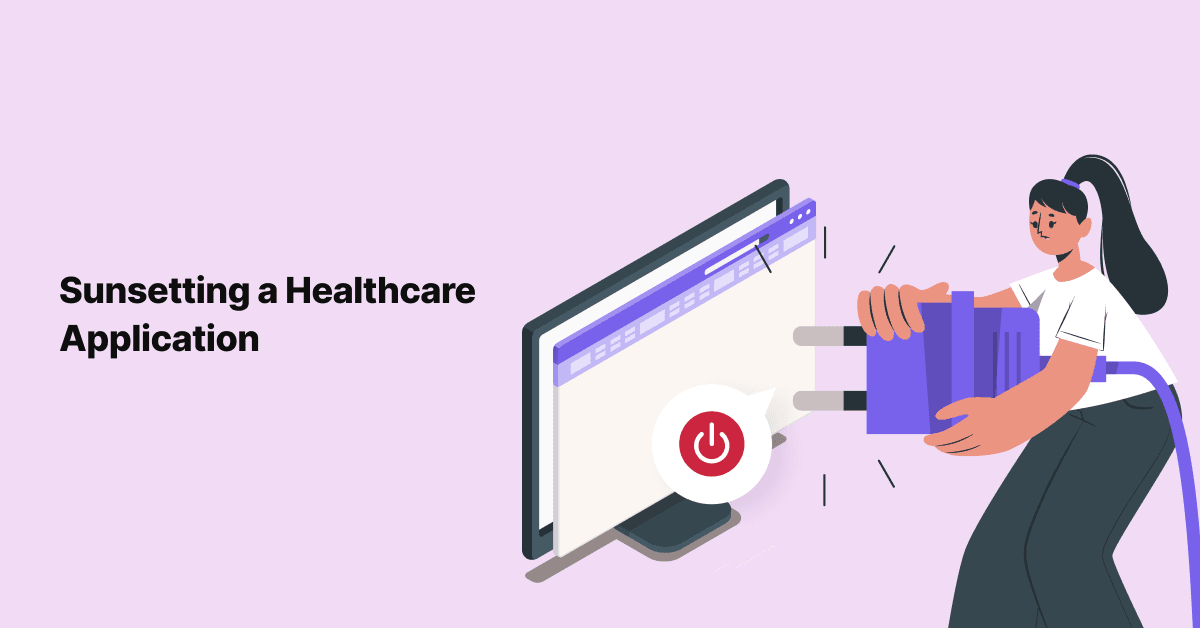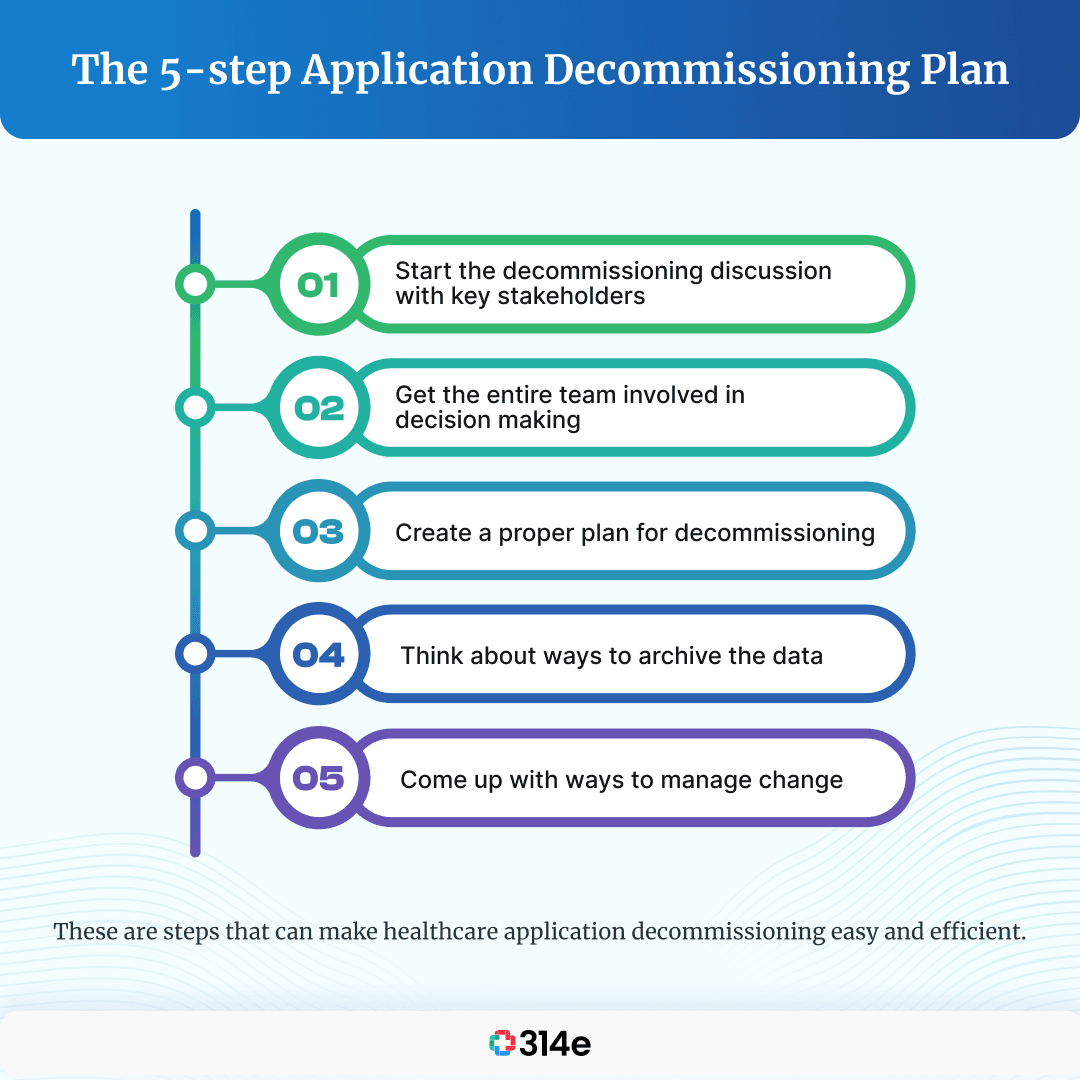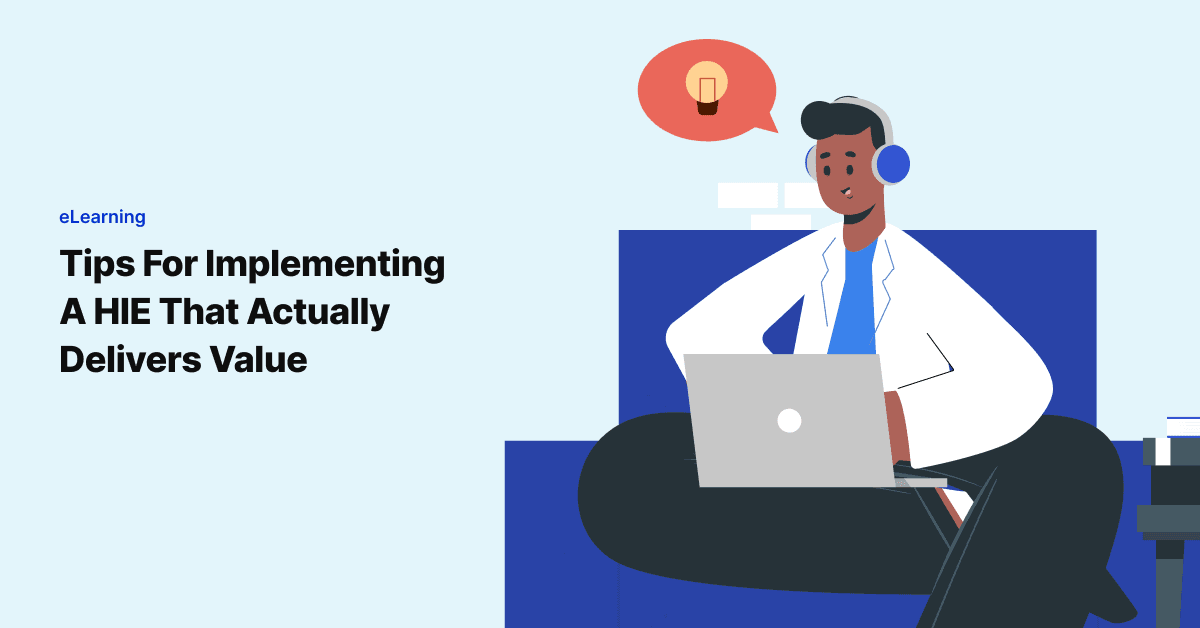
Here’s Why Healthcare Providers Are Switching Archival Vendors
Has the idea of switching archival vendors ever crossed your mind as a healthcare provider? For most medical …

The rapid growth of healthcare has caused the need for efficient management of data and applications to grow as well. When considering efficient health data management, healthcare data archiving comes into the picture. Data archiving refers to identifying and moving inactive data from the production system into storage systems. This is for efficient data management; as far as inactive or outdated applications are concerned, you would require an alternative, effective strategy, which is precisely what this article is about.
In this article, you will learn:
Application sunsetting, also called application retirement or application decommissioning or application neutering, refers to the process followed for shutting down an outdated application while retaining its data. An example of sunsetting an application could be, directly moving from one EHR to another or acquiring an independent practice and shifting from the existing EHR to a newer one.
The task of sunsetting an application requires careful consideration as it has an everlasting impact on the healthcare organization. Therefore, the decision to shut down the legacy application is taken up at different times for different healthcare organizations depending on their individual requirements.
Application sunsetting is normally considered in the following situations:
In general, the drivers for health application retirement would be the need to improve clinical efficiency and interoperability along with aiding cybersecurity.
Decommissioning a legacy application/software could prove to be helpful for your healthcare organization in the following ways:
When planning to switch from one EHR vendor to another, it becomes important to ensure that you aren’t struggling to support both. This is why it becomes important to decommission one application and focus on the other. After identifying the healthcare application that needs to be decommissioned, the following process needs to be followed:

It is always helpful to start the process by discussing it with the stakeholders. Considering the volume of risk that the decision of decommissioning could put forth, it is essential that the decision is made after approval from key stakeholders.
The decision to sunset an application could have a spiraling effect on the users of the application as they are the ones dealing with it on a day-to-day basis. Hence it is always important to get your team’s opinion while deciding, as it is ultimately going to impact them in the short and long term.
When thinking of decommissioning, it is always important to have a proper plan. Since it is a huge decision to make, it is always important to be backed by a strong action plan that details the steps to be fulfilled with a proper timeline and a list of goals to be achieved.
The stress on the importance of having a decommissioning plan is because it considers what needs to be done to the data. Although the application is dated, the data still holds value and would be required in the long run. Therefore, it is always important to consider a tool that could help archive the data.
With every sunsetting of an application, it is crucial to remember that your healthcare organization is bound to undergo change. When your users are exposed to frequent changes, they are sure to get frustrated. Thus, it is important to have a detailed plan about how to help users cope with change.
Whenever your healthcare organization intends to sunset an application, it is always important to check the following off the list:
Now that you have an idea of the ways in which sunsetting an application could help you and how to go ahead with application retirement let’s take a look at all things that could get in your way while thinking about or actually decommissioning a healthcare application.
1. Collaborate with an experienced partner who could ease data archival and migration
2. Develop a standard operating procedure to help with meeting FHIR® requirements
3. Communicate with stakeholders and ensure their buy-in
4. Train the users on the new application before sunsetting the old one
5. Make sure that there is a way to access old data if the users need access to it
If you are a health system sunsetting an application and require data migration and archival services, you need to meet Muspell Archive.
Muspell Archive is an intelligent data archival tool that could help with App Rationalization, Interoperability, and Compliance. Something that makes Muspell special is its ability to meet all archival requirements, be it clinical, non-EHR, or even specialty workflows; Muspell can handle it all.
The kinds of data that 314e has migrated from legacy systems in the past include demographics, imaging orders & results, encounters, procedures, billing charges, lab orders & results, vitals, medical summaries, and more.
Not just migrating data, but 314e could also help with conversion for archival systems. The expert resources possess the capability to extract and convert historical clinical data to the format required by the archival system. We can also work with you to test and validate the archived data.
Join over 3,200 subscribers and keep up-to-date with the latest innovations & best practices in Healthcare IT.

Has the idea of switching archival vendors ever crossed your mind as a healthcare provider? For most medical …

It is no small effort for healthcare systems to implement a Health Information Exchange (HIE). Whether the …

The advent of protocols such as Fast Healthcare Interoperability Resources (FHIR) brings forth fresh …